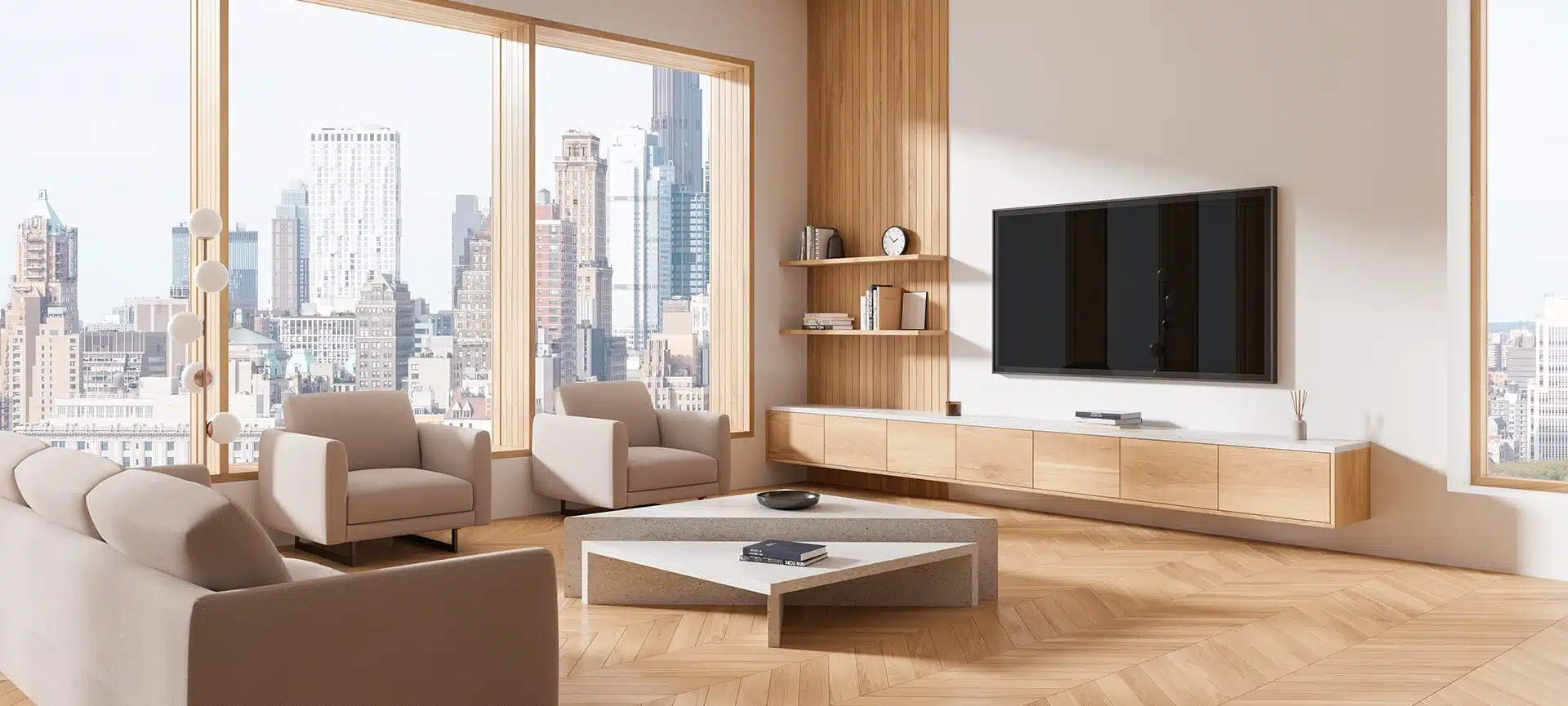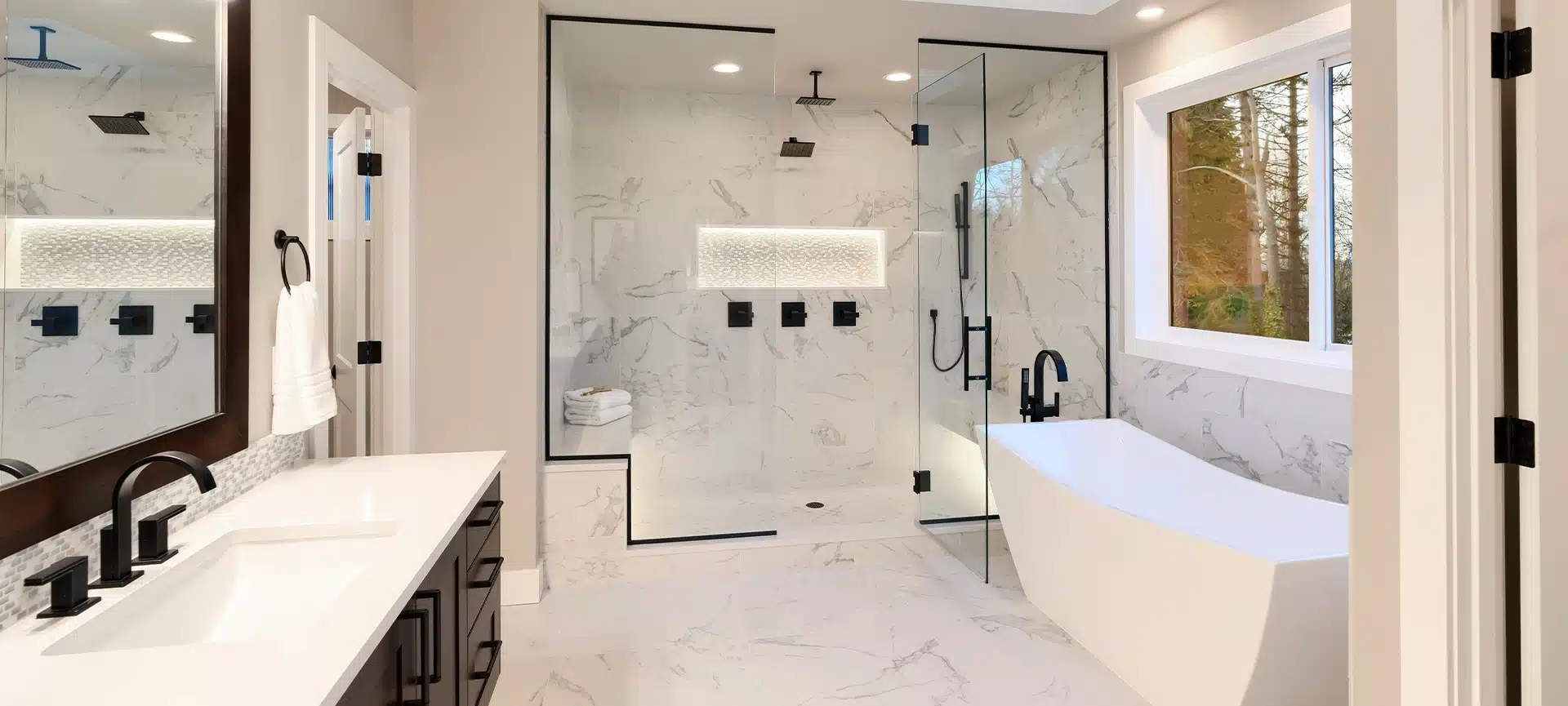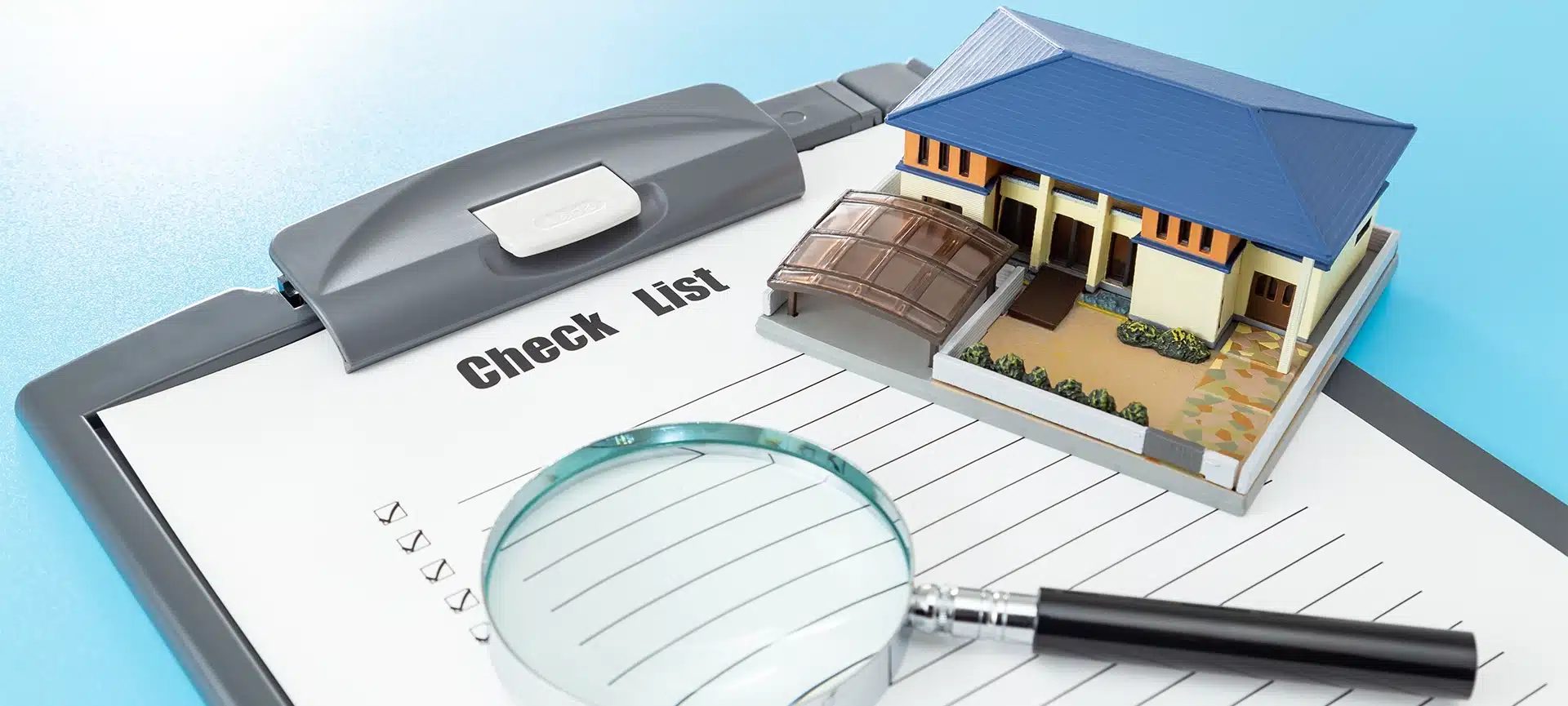Home Planning & Renovations
NYC Building Permits
By Tiffany Smolick
New York City Renovation / Remodeling Filing Process
When doing a renovation project in New York City, one of the most common obstacles that catch owners off guard is the various approvals and the time needed before a project can start. With the exception of private houses and some small brownstone buildings, the first step is to get your renovation project reviewed and approved by the building’s owners’ association. This process is usually overseen by the buildings management company and they present the information to the board as a packet once all the required documentation is collected. On average, most project approvals take between 2 and 4 weeks once the board receives the package and assuming no permits are required. If permits are required, final approval is issued after permits are obtained.
The specific information that needs to be submitted for project approval varies from building to building. The most common information that is requested is a detailed scope of work, drawings showing existing and proposed conditions, contractor’s licenses and insurances, and any processing fees the building requires. Once all documents are collected, the management company forwards the submittal package to the board for review. Some boards will review the project via email, while others require it to be discussed at a monthly board meeting. Based on the scope of work, the board may require the building’s architect to review the plans and scope of work. While most buildings require this on complex renovations (reconfiguring kitchen or bathroom, adding/removing partitions, combining apartments) some boards require all projects to be reviewed by their architect even if it is a direct replacement of a kitchen or bathroom. Most architect reviews are completed within 1-2 weeks. This time frame varies based on their workload, as well as if they ask for clarifications or changes to be made to the plans and scope of work. Some additional work they may ask for includes waterproofing kitchen/bathroom floors and walls, soundproofing for new hardwood floor installation, soundproofing for washer/dryer installation, replacing water and waste lines back to the apartment riser, or filing permits with the Building Department.
The typical filings required with the DOB are Electrical Permit, LAA Plumbing Permit, OP-128 form, and full permit filing. Electrical permits are required when adding 10 or more additional outlets or lighting devices and replacing/upgrading circuit breaker panels. This permit is usually issued the same day the application is submitted. LAA Plumbing permits are used when adding up to 2 additional fixtures, running new plumbing or gas piping(relocating items), or mounting new fixtures on an existing rough (for example, removing a tub and installing a shower). The time to obtain LAA permits an average of 4-8 weeks and can be extended during winter months. Due to this extended timeline, the DOB started an Express LAA application for permits that can be issued the same day. Unfortunately, if there is gas piping involved, it can not be filled under the express application. As per DOB regulation, if an LAA permit is required, an asbestos inspection (not necessarily abatement) will need to be performed by a licensed inspector. An OP-128 is a form that the plumber submits to the DOB at the end of the month that indicates the ordinary plumbing (i.e. swapping fixtures in existing locations, installing new dishwashers) jobs that were performed that don’t require a permit.
Usually, the longest processing time is to file a full permit for the job. Any addition or removal of walls (structural or non-structural) including dropped ceilings, may trigger DOB filing. While MyHome can advise when DOB filing appears to be needed, the ultimate decision is in the hands of the Building Architect/Engineer and the co-op board. Full permits require architectural drawings from a licensed architect. With this type of permit, there are two reviews that will take place. The plans must first go through the building’s architect and co-op board. After they finish their review and all their comments have been satisfied and they give their approval for the scope of work, the architect can fill the drawings with the DOB. This is important because some work that is legally allowed by the DOB, may not be approved by the building’s co-op board. One example is extending a bathroom or kitchen beyond its original footprint and the footprint of the same wet area below (wet-over-dry). While this type of work is perfectly legal as far as the DOB is concerned, performing the actual work is at the discretion of the co-op board. Since the DOB application requires the signature of the board members, these two reviews can not take place simultaneously. Some projects can be professionally certified by the architect, while others need to be fully reviewed by a plan examiner in the Building Department. The timing to get the project approved depends on how many comments/objections the examiner has, as well as their schedule to meet with the architect to go over the objections and the architect’s proposed changes to satisfy those objections.
While professional certification can speed things up at the beginning of a project, it can turn out to be costly in the end. On average, about 20% of professionally certified projects are chosen to be audited. Due to abuse of the system, they have been trying to do more audits on professionally certified projects. These audits are usually conducted when the architect applies to have the project signed off and consists of a DOB plan examiner reviewing the plans as well as making an unscheduled job site visit to confirm that the final conditions match the drawings. One of the downsides is that if the DOB finds any issue with the drawing or the final conditions do not match the plans, they will perform a full plan review and can request changes to be made to the construction even if the project has been fully completed. It is also important to understand that when permits are filed for a job, the time to complete the project can be delayed. Since inspections are required with most permits, when certain phases of the project are reached, the project may need to stop until the project passes inspection. While MyHome does its best to schedule inspections to minimize lost time, the actual schedule of the inspectors is out of our control. The inspectors could be backed up and make us wait longer than normal to come to the inspector, or they may not show up when they are scheduled to. A good example of inspectors’ timing is with electrical permits. Final inspections tend to take place 1-3 months after a request is submitted for the final inspection.
Give us a call and schedule your free consultation!


